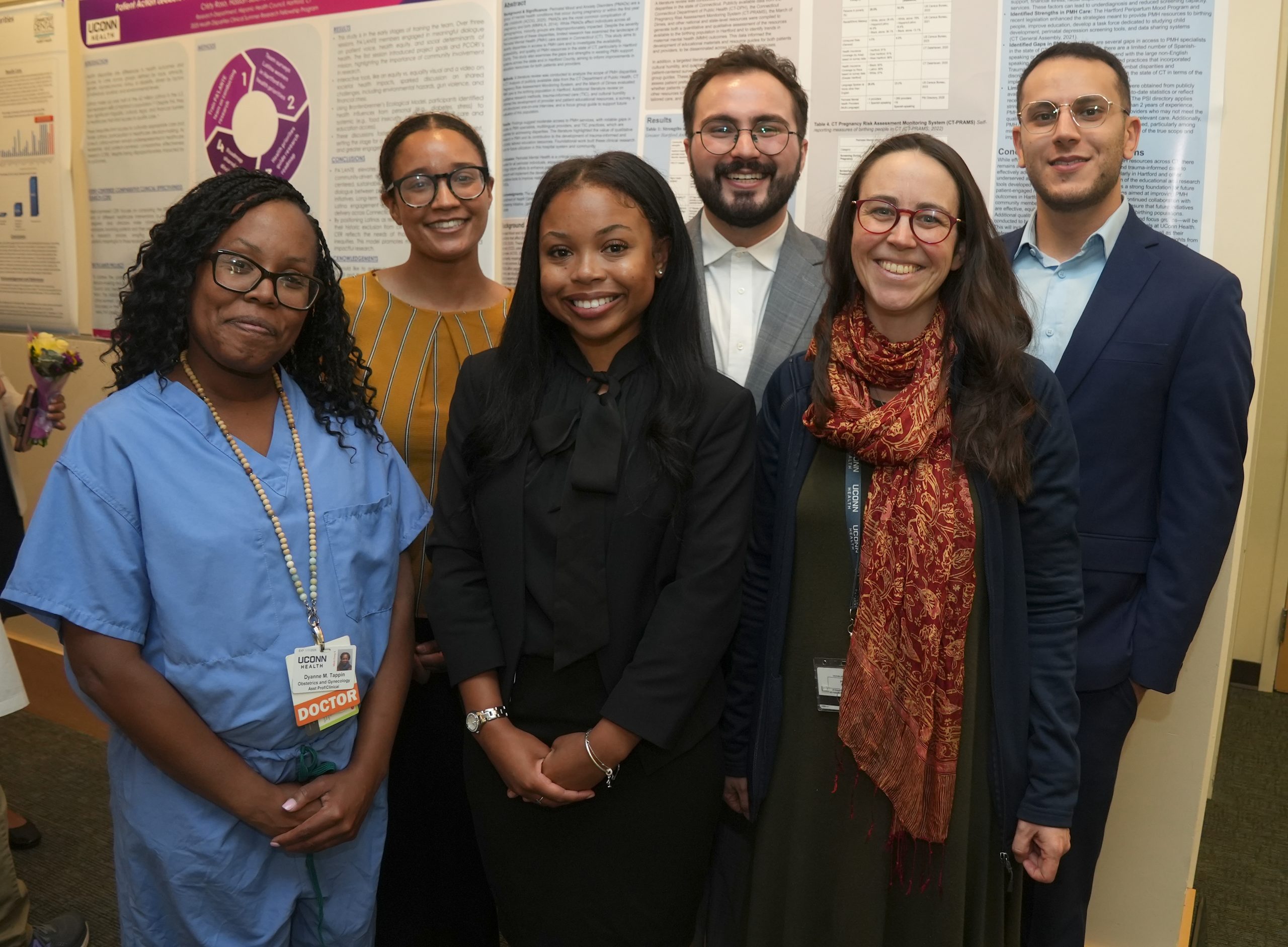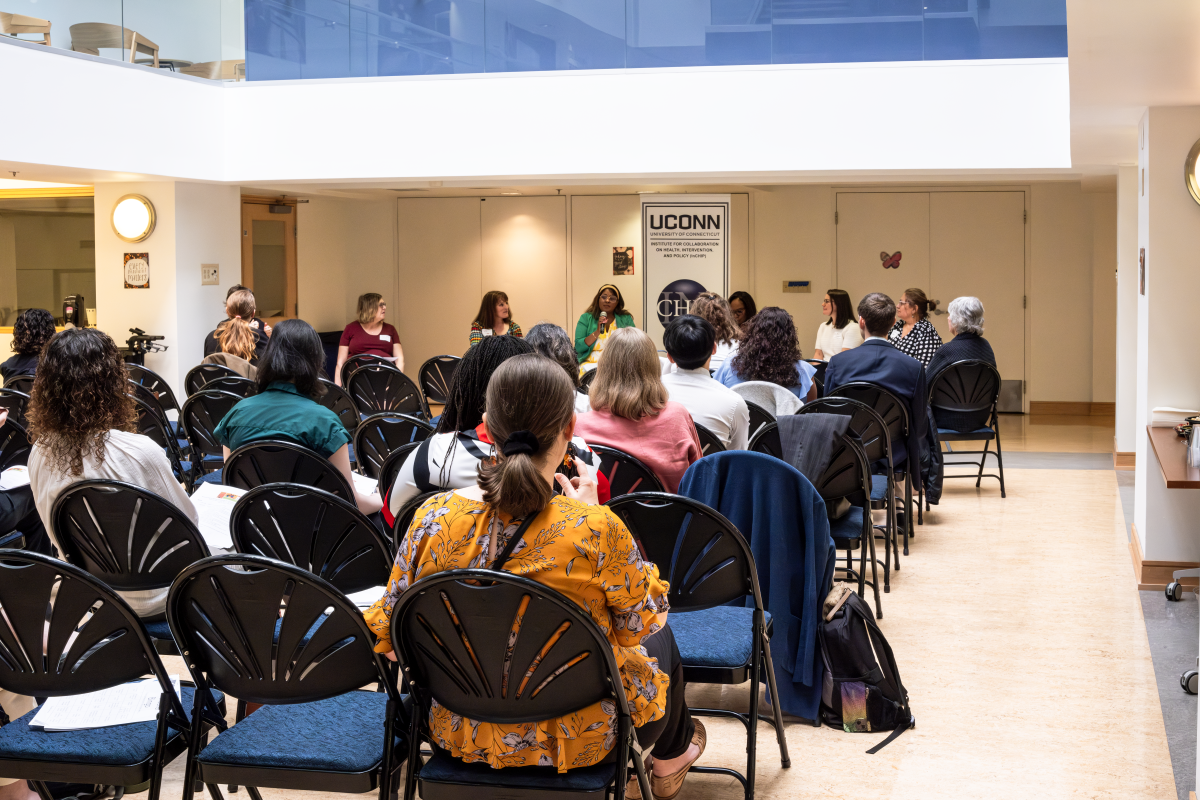
A new study by UConn researchers has found that intensive safer sex interventions not only increased condom usage among African Americans, but also did so without increasing the number of sexual partners.
In fact, the interventions actually decreased the number of sexual partners over the long term for teen-aged African Americans.
The study, led by Blair Johnson, a professor of social psychology in the College of Liberal Arts and Sciences, was published in the August 2009 issue of Journal of Acquired Immune Deficiency Syndromes (JAIDS).
The study involved a meta-analysis of 78 randomized controlled trials of safer sex interventions with more than 39,000 African American subjects ages 11 to 41. It is the most comprehensive examination of the efficacy of safer sex interventions for African Americans – a population at increased risk of contracting and dying from AIDS – to date.
“This study refutes the ‘boomerang effect’ argument often made by opponents of safer sex education programs,” says Johnson, who also is a principal investigator at UConn’s Center for Health, Intervention and Prevention (CHIP). “That argument asserts that teaching youths about safer sex, as opposed to promoting abstinence-only programs, inadvertently will increase ‘promiscuity.’
“Our study found the opposite is true,” he adds. “In fact, the youths in our study showed the most significant reduction in number of sexual partners of any age group.”
At-risk Population
Studying the efficacy of sexual risk reduction interventions among African Americans is particularly important, because African Americans are disproportionately affected by HIV/ AIDS, Johnson and his fellow authors write in the JAIDS article.
For instance, African Americans comprise 13 percent of the U.S. population yet account for half of all new HIV diagnoses. Deaths from HIV/ AIDS from 2001 to 2005 also were greater among African Americans (53 percent) than among any other racial or ethnic group.
Most of the interventions the study reviewed were conducted in community settings and were delivered to groups. All of the interventions provided HIV education, and most provided active interpersonal, intrapersonal, and/or condom-specific skills training, including placing condoms on a model.
Compared to a recent study that found that sexual risk reduction interventions targeting African Americans maintained their efficacy up to six months later, Johnson’s study found that the interventions resulted in increased condom usage as long as three years later.
His study found that positive change was best among HIV-positive individuals, men who have sex with men, and when intervention content was extensive and contained more interpersonal skills training. The greatest reduction in number of sexual partners occurred in interventions with intensive interpersonal skills training and among younger subjects.
The study also found a reduction in diagnoses of sexually transmitted diseases among intervention participants compared to subjects in control groups.
Johnson and his colleagues conclude that multiple-session interventions are better suited for long-term sexual behavior change, and that one strategy that merits future consideration is the use of brief behavioral interventions followed by booster sessions.
Federal Funding
The JAIDS article is one of 60 journal articles on HIV/AIDS risk reduction that Johnson’s team at CHIP, known as the Synthesis of HIV/AIDS Research Project (SHARP), has published during the first 11 years of the project.
SHARP will continue its work in this realm through Johnson’s third consecutive five-year grant from the National Institute of Mental Health (NIMH) for meta-analyses of HIV risk reduction interventions. The new $2.8 million grant, awarded earlier this year, makes SHARP one of the NIMH’s longest running projects in the area of HIV prevention.
Past SHARP meta-analyses have focused on the effectiveness of HIV prevention interventions among other target populations, such as HIV-positive individuals, adolescents, and those in developing countries.
One new focus for the next phase of SHARP is to examine how social structures and milieus impact interventions, and also how they serve in and of themselves to facilitate safer behaviors, Johnson says.
“It is becoming clearer and clearer that it is not simply how well interventions are designed that makes them successful. How well they work ultimately depends on the social and economic conditions in which the participants live,” he says.
SHARP already is determining whether certain sexual risk reduction techniques work better for specific target populations, and how to best help individuals maintain their positive behavior change over time, even when they may live in circumstances that do not support safer sexual behavior.
UConn members of the SHARP team include grant co-principal investigator Leslie Snyder, a communication sciences professor and CHIP principal investigator; a psychology department associate research scientist; a research assistant; and five psychology graduate students. Researchers from Duke University, Syracuse University, and Sussex University in the U.K. also are a formal part of the SHARP team.


